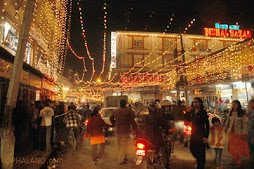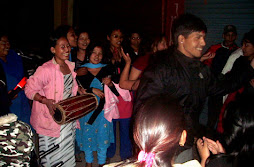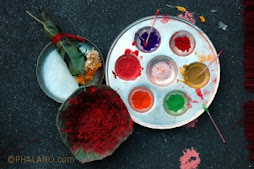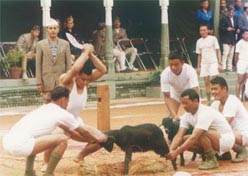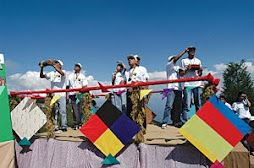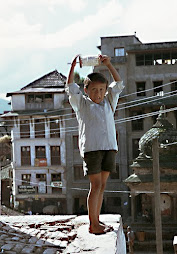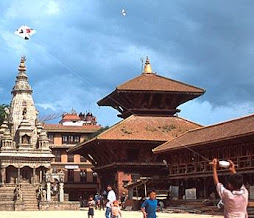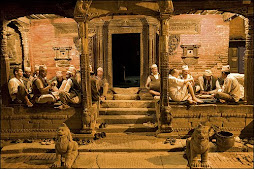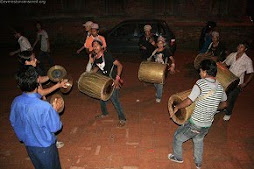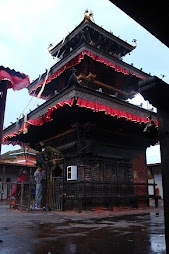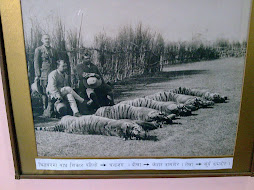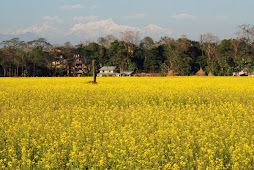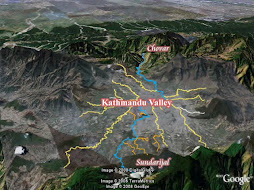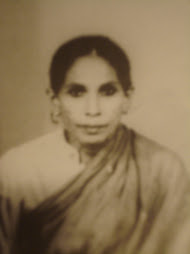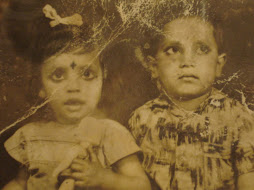A couple of days ago, I had the opportunity to visit Shimla in India to attend a conference. I had heard about Shimla since my childhood days (one of my aunts had lived there during the 60s). The movie “Aradhana” which I mentioned in my previous posting, was filmed there including picturising the famous song “Mere sapno ki rani..”. Shimla turned out to be a very charming mountain city. The Brits had chosen it as a place to escape from the scorching summer in New Delhi or Calcutta (the capital city during British Raj), so they developed it as a “hill station”. The colonial imprint is everywhere – the road and rail infrastructure, the buildings (tudor and neo-gothic architecture), street names, names of government buildings etc. One of the longest narrow gauge railway in India brings tourists to Shimla from Kalka. The city today is the state capital of Himachal Pradesh, and as such has grown considerably because of employment prospects, tourism and other entrepreneurial opportunities. I found it to be a very clean city, its people very friendly and its culture similar to those found in the highlands of Nepal. Indeed, the Gurkha empire in its prime had extended its power to these regions, and I was told, their descendants still live there. On the streets, I heard people talking in Nepali and other local dialouges which sounded very much like the languages spoken in the far western mountain regions of Nepal.
The main market center in Shimla is anchored by a historic church located at an altitude of 7200 ft. I went inside the church, and read some of the plaques posted there describing the early pioneers of Shimla, for example, the first British principal of the convent school. Two life size statues of Mahatma Gandhi and Indira Gandhi were nearby. Looking across the city and over in the northerly direction, you could see the snow-capped mountains. Shimla has the atmosphere of a major city tucked high up on the mountains, its little charms include the “Mall” a pedestrian-only street that stretches from the State Parliament building and through the main streets lined with shops enticing tourists to buy local made textiles, general consumer goods, restaurants (yes, Chinese and Mexican too!), banks, western union, etc. I was delighted to see so many people walking, chatting, and just milling around and basking in the afternoon sun. There was something warm about the place and the people, a welcoming environment, which you don’t feel when visiting other big cities whether in India or overseas. I felt I was in a familiar surrounding and decided right there that should an opportunity come in the future I would return to this place again and expore it some more. The snowcapped mountains were inviting me, and I imagined myself someday on a drive or trekking tour to the land of Leh in Laddakh, not very far away from Shimla.
Saturday, December 5, 2009
"The Queen of my dreams..."
Speaking of music and songs, I like to harken back to the late 60s and early 70s. Growing up, I was fascinated by Bollywood movies, who wasn’t back then? They were the only forms of entertainment during those days, and in my grandfather I found one of the biggest fans of Bollywood movies. Every movie he watched, I was with him. I cannot remember some of my earliest movies but I have vague recollections of songs from those movies, for example, “Hum Kale hain to kya huwa dilwale hain..” (I don’t care I am dark-skinned, I have a generous heart) from the movie “Balak”, and “Yeh nargise mastana! basa itni batade tu..” (Hey beautiful! just tell me…) from the blockbuster “Aarju”. Rajendra Kumar, the hero of Aarju was famous and I wanted my mom to part my hair just like Rajendra Kumar’s. I must have been five or six years old. I could sing the songs from these movies and I quickly became the entertainer in my family. There wasn’t a time when I wasn’t humming some tunes from the latest flick. Then in 1969 “Aaradhana” was released, the movie gave rise to the phenomenon “Rajesh Khanna”, who became the first ever Bollywood superstar. He was a romantic hero and sang “Mere sapnoki rani kab aayegi tu..” (The queen of my dreams when will you come to me..”, which instantly became the number one song of the year and declared the supremacy of Kishore Kumar in Hindi music scene. While Kishore had been singing Hindi songs for several years, he played second fiddle to Mohammed Rafi who was hugely popular. 1969 was the beginning of the rise of Kishore Kumar and the declining popularity of Rafi. I was immediately struck by Kishore’s style of singing, his guttural voice and easy manners. I became his fan and to this day, I remain his most loyal fan.
So I started singing “Mere sapno ki rani..” and other Kishore songs. I could sing it well and my talent was quickly recognized at home, in the neighborhood, and at school. I was an eight year old kid, I did not have any inhibitions when it came to singing. If somebody asked me to sing, I would start right away. I don’t know how the school principal found out that I could sing, so when I was in Grade 5 I was asked to sing during school functions. I must have sang well for I was now a fixture at the school’s cultural events. I did not know how to play instruments, something that I would regret later, but I could memorize full verses and then render the songs in a typical Kishore style. Singing led to watching movies, and movies to songs. Some of the most memorable times during that period was the day Crown Prince Dipendra was born. My neighbor Purna Dai took me from home, brought me with him to the ward office (municipal office), which was just next doors from ours, handed me the loudspeaker, have me sit in one of the chairs in the office and instructed me to sing whatever I could and for as long as I could. It was more like the people in my neighborhood wanted to express our happiness on that joyous occasion. I don’t remember how long I sang, but it sure felt like a long day, I must have been their singing non-stop for two-three hours. It was up to me to sing whatever I desired, and that meant singing the ones I knew very well, but also those which I knew only a short verse or so. I sure felt that my neighbors had recognized my talent. Perhaps I was chosen not because I was just a small kid, but I sure had the energy, enthusiasm, the voice and the patience that was demanded of me. Anyway, my rendering of Kishore Kumar’s romantic songs made me a local hero of sorts. From that day onward, everybody in my neighborhood knew me (I was Krishna Baje’s Nati – or my grandfather Krishna’s grandson). One of my friends continues to tease me with the song “Mere sapno ki rani…” whenever we meet.
So I started singing “Mere sapno ki rani..” and other Kishore songs. I could sing it well and my talent was quickly recognized at home, in the neighborhood, and at school. I was an eight year old kid, I did not have any inhibitions when it came to singing. If somebody asked me to sing, I would start right away. I don’t know how the school principal found out that I could sing, so when I was in Grade 5 I was asked to sing during school functions. I must have sang well for I was now a fixture at the school’s cultural events. I did not know how to play instruments, something that I would regret later, but I could memorize full verses and then render the songs in a typical Kishore style. Singing led to watching movies, and movies to songs. Some of the most memorable times during that period was the day Crown Prince Dipendra was born. My neighbor Purna Dai took me from home, brought me with him to the ward office (municipal office), which was just next doors from ours, handed me the loudspeaker, have me sit in one of the chairs in the office and instructed me to sing whatever I could and for as long as I could. It was more like the people in my neighborhood wanted to express our happiness on that joyous occasion. I don’t remember how long I sang, but it sure felt like a long day, I must have been their singing non-stop for two-three hours. It was up to me to sing whatever I desired, and that meant singing the ones I knew very well, but also those which I knew only a short verse or so. I sure felt that my neighbors had recognized my talent. Perhaps I was chosen not because I was just a small kid, but I sure had the energy, enthusiasm, the voice and the patience that was demanded of me. Anyway, my rendering of Kishore Kumar’s romantic songs made me a local hero of sorts. From that day onward, everybody in my neighborhood knew me (I was Krishna Baje’s Nati – or my grandfather Krishna’s grandson). One of my friends continues to tease me with the song “Mere sapno ki rani…” whenever we meet.
Subscribe to:
Posts (Atom)

